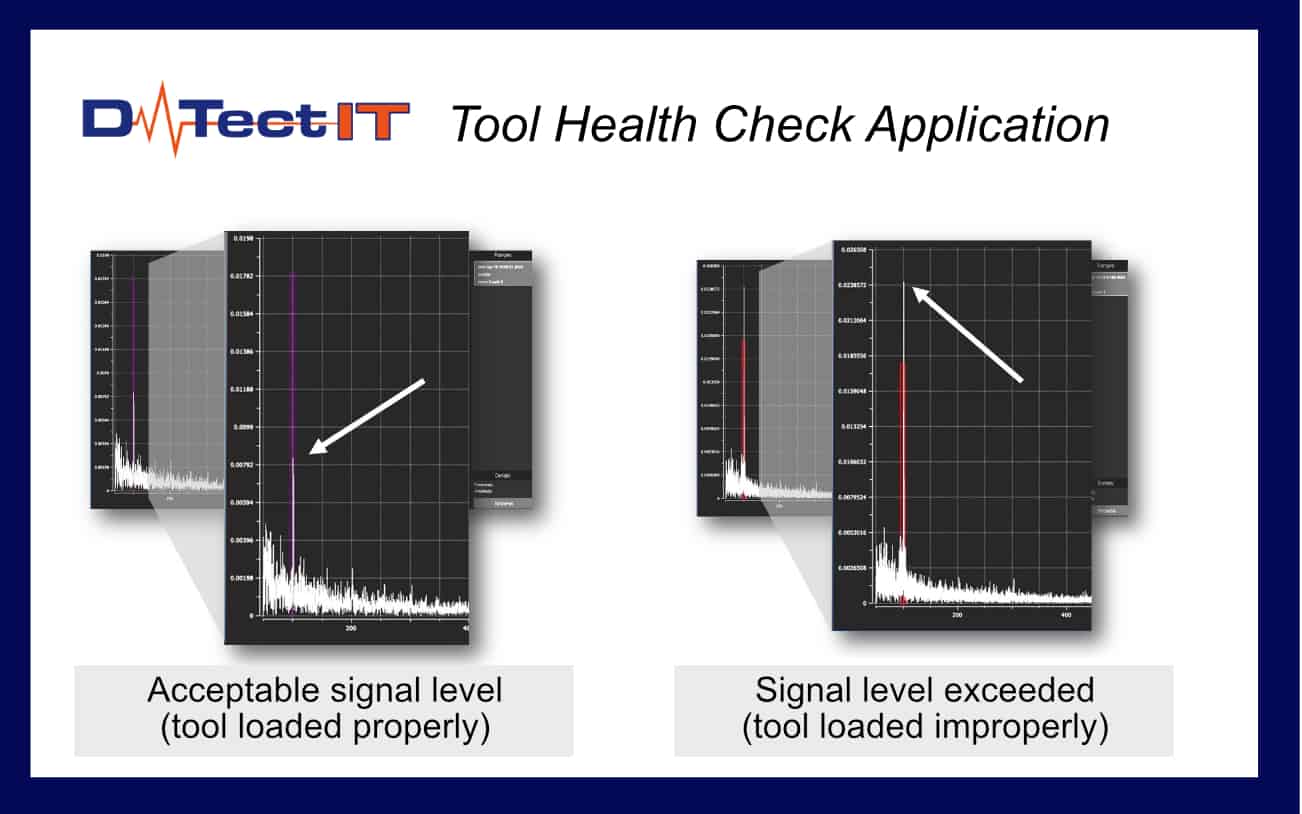Machining Runout Detection
Challenge
Tool runout, also known as machining runout, can be defined as the specific measurement of how far a certain tool, holder, or spindle rotates away from the true axis during operation. Tool runout is extremely detrimental to the efficiency and quality of precision machined components and can result in unnecessary costs for machining companies and fabricators. This specific customer was repeatedly machining holes out of tolerance in the engine head components due to excessive runout of their tooling. This instance of machine runout was caused by small chips of metal adhering to the flange of the tool holder during a tool change. This interference caused the tool to run out from the normal operating axis when contacting the material and resulted in out of tolerance holes.
The resulting elongated and oversized bored holes on the engine head made the component unusable for the end consumer. The entire engine head had to be scrapped, which was extremely costly and unpredictable, and was occurring multiple times per shift. Ultimately, the company determined the need for additional machining runout detection from Caron Engineering to eliminate scrapped components and the waste of expensive material.
Solution
This problem necessitated the need for the customer to integrate machining runout detection to help address material waste and scrapped components. To correct the tool runout at the source, the customer implemented Caron Engineering’s DTect-IT with a vibration sensor to perform a frequency analysis of the rotating tool before cutting. First, DTect-IT learns the normal magnitude of the tool when properly loaded. The user can define bands around specific frequencies they would like to monitor and set magnitude limits for each frequency band to effectively detect and pinpoint any anomalies occurring outside the normal (learned) frequency. The DTect-IT software will alarm when limits are exceeded.
When a chip significant enough to create the runout penetrates the tool clamping area there is a resultant increase in the (vibration) signal amplitude measured with DTect-IT, which will generate an alarm. The part program checks for the DTect-IT alarm and stops the process immediately. Thus preventing the equipment from completing improper or out of tolerance cuts.
The DTect-It program will then initiate a tool change in response to the DTect-IT alarm to remove and reinsert the tool, attempting to clear the disruptive chip or chips from the tool. If this chip removal process is successful, machining will proceed. If this tooling replacement process is unsuccessful, DTect-IT will stop the process and signal an operator to intervene. By introducing machining runout detection monitoring the company saw far less scrapped products due to out-of-tolerance machining, improved their machine uptime, and reduced inspection time.
Results
- Eliminated scrap
- Maximized machine uptime
- Reduced inspection time (increased process confidence)








